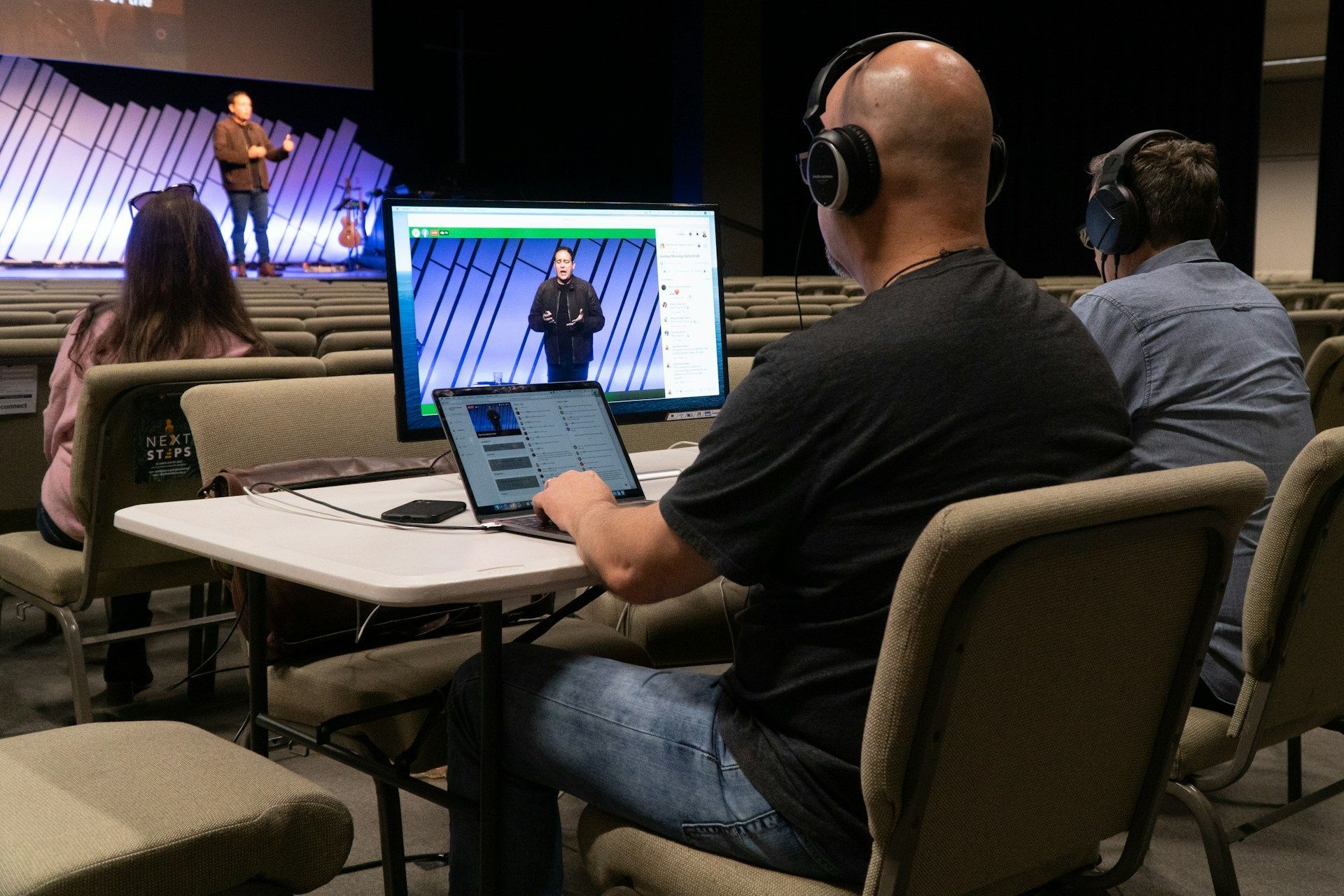When to Run Different Types of Church Ads Throughout the Year
Knowing when to promote your church matters just as much as knowing what to promote. Whether you're trying to encourage more people to attend Sunday service, highlight special events, or support outreach efforts, the timing of your ads can make all the difference. Running the right type of ad during the right season can help your message land better and bring in more engagement without wasting your budget.
Seasonal changes, church events, and recurring campaigns each hit differently depending on when they run. Understanding how to time your ads based on the calendar gives you the edge when planning long-term strategies. This article walks through different types of church advertising and when to use them throughout the year to get the most out of your efforts.
Seasonal Church Advertising: Timing Matters
Churches have their own rhythms that often align with the Christian calendar, local school schedules, and holidays. These natural shifts in attention and activity give you excellent windows of opportunity to run seasonal ads. Timing your messages around these periods can raise awareness and attendance for your most important programs and services.
Here’s a look at common seasons and what typically works well for each:
- Spring (March to May)
A great time to build energy leading into Easter. Consider starting ad campaigns in early March to promote Holy Week services or Easter egg hunts. Spring is also when people are thinking about fresh starts, so ads focused on new sermon series or outreach programs can connect well.
- Summer (June to August)
People are usually more relaxed, but attention spans are shorter. Focus your ads on casual gatherings like picnics, vacation Bible school, or family-friendly events. Keep the tone light and low-pressure.
- Fall (September to November)
With school back in session, families often reset and look for consistent routines. A fall campaign can highlight Sunday school, small groups, or back-to-church messages. Launch these ads just after Labor Day when people are settling into new schedules.
- Winter (December to February)
Christmas is your biggest draw during winter. Target your ads around December traditions like candlelight services, plays, or seasonal giving. By late January and February, you can gear up for Lent or offer support-based messages to help people weather the winter blues.
For example, if your church plans a large Christmas light display in the community, ads promoting the event should go live by early December. That gives people enough time to hear about it, plan to attend, and maybe even invite their friends.
Thinking ahead and matching ad themes with the current season boosts the chances of your posts being seen, shared, and acted on. Even if your budget is small, seasonal alignment can help it go further.
Event-Specific Ads: Capitalizing on Church Events
Promoting specific events gives people a reason to get involved right away. These ads are usually short-term, but if planned well, they can deliver quick turnout and long-lasting impact.
Your church probably already hosts a range of activities that make perfect ad content. These might include:
- Youth group game nights or retreats
- Community service projects
- Guest speaker Sundays
- Holiday events like Trunk or Treat or Easter activities
- Fundraisers or chili cook-offs
Use upbeat, action-focused ad copy and vibrant visuals for these campaigns. Countdowns help create urgency. If possible, include group photos from past events to give your ads a warm, real feel.
Social media platforms like Facebook and Instagram are ideal for these types of ads, especially if you're reaching out to nearby families or churchgoers. You can run event ads for just a few days or plan for a longer campaign if the event is significant.
Planning in advance makes all of this smoother. Try building out an ad calendar once every quarter. List your known events, promotions, and campaigns. Then match ad formats and timelines accordingly. By doing this, you help your church stay visible and connect with people when they are open to it.
Ongoing Campaigns: Year-Round Church Visibility
Even during quieter seasons, it’s still important to stay active online. Ongoing campaigns are how your church stays present in people’s lives. New families move to town. People reconsider their spiritual priorities at different times. Keeping a steady online presence means you’re ready when they are searching.
Simple, consistent ads can keep the message going. These might look like:
- Weekly Sunday service reminders
- Recaps of sermons or worship experiences
- Bible verse highlights or devotionals
- Ministry spotlights
- Prayer requests or support messages
It helps to switch up the topics regularly. One week a message might be for parents looking for children's programs. The next, it may highlight your music team or adult Bible class. Varied content avoids fatigue and keeps things fresh.
Another great option is tapping into the Google Ad Grant. This program allows eligible churches to run search ads for free through Google. It works well for long-term campaigns that invite people to learn more about your church, explore your beliefs, or attend your next service. Keep those ads pointing to core pages like service schedules, welcome info, or about us sections.
You don’t need to be everywhere at once. What matters most is staying steady. Posting with purpose and offering helpful, heartfelt messages over time is what creates results.
Evaluating Ad Performance: Knowing When to Adjust
Once your ads are live, take time to check if they're actually doing what you hoped. Getting in the habit of reviewing results helps you stay flexible. You can spot which messages connect and which ones might need an update.
Start by measuring the basics:
- Are people clicking on the ad but not following through?
- Is one event getting lots of attention while another doesn’t?
- Do results drop after certain types of content or formats?
These kinds of questions help you focus your efforts. If one ad does well with images but another doesn’t, test swapping the format. Maybe offer a shorter version of the text. You can even play around with timing to see if better days or hours exist for certain messages.
Set a schedule to look over your ad results every four to six weeks. Review performance, test new things, and make simple changes often. Some good changes to try might include:
- Updating the visuals
- Changing the headline
- Refreshing the call-to-action
- Refining the audience targeting
It's better to experiment with one adjustment at a time so you can clearly see what helps. Keep things measurable and easy to track. Over time, your church will get better and better at knowing how to speak to people online.
Crafting Your Church’s Ad Strategy
Bringing all these ideas together helps your church use its advertising in thoughtful ways all year long. Seasonal ads let you build bigger momentum around natural times of excitement and reflection. Event ads help you fill the seats and bring people into experiences. Ongoing campaigns give you steady presence with minimal effort.
When you understand how and when to use these approaches, your ads feel more intentional. They match what people are thinking about any time of year. That makes your messages more likely to get noticed and remembered.
Now that you’ve seen how timing plays a role, your team can start building a strategy that fits your church’s calendar and community needs. With just a little planning and support, advertising for churches can go from hit-or-miss to consistent and effective. And if your team needs help along the way, Faithworks Marketing is ready to guide you through each step of the process.
No matter where your church is in its advertising journey, finding the right approach can make a world of difference. For personalized strategies and effective
advertising for churches, explore how Faithworks Marketing can enhance your efforts. Discover engaging methods to connect with your audience by checking out our detailed offerings on Facebook and Instagram ads for churches.












